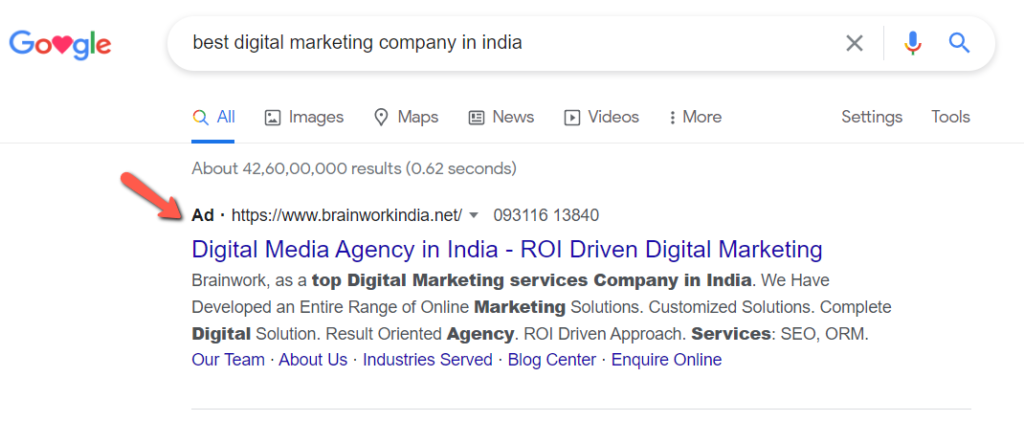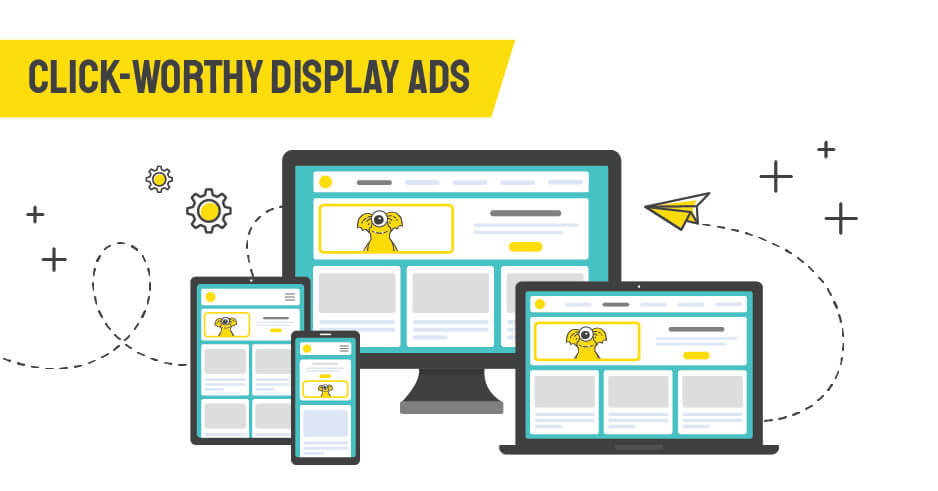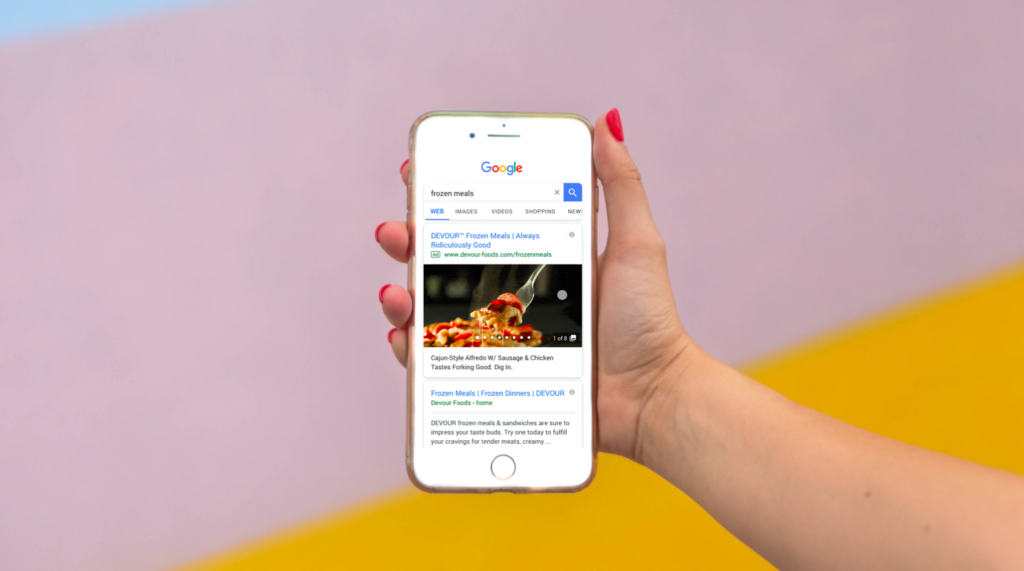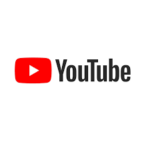The Five Latest Google Ads Features And How To Make The Most Of Them
Date: April 28, 2021 In: blog By: adwords
With lockdown knocking on our doors again, it’s time that people will shift back to spending more time on the Internet. Though not much changed even when the lockdown was uplifted in 2020.
Everyone had almost become more used to being alive in the virtual world than being active in the real world. And once humans get used to something, it is hard to pull them out of their routine and habits.
2020 was spent in the house and on the Internet (well almost most of it). And while some of us were still able to survive normally, most of us switched to the Internet for more or less everything.
Browse the Internet for, work, movies, entertainment, recipes, how to stay calm during the pandemic, Covid-19 updates, news, shopping, dating, quitting, the list is neverending, it is in short everything. Of course, I don’t need to mention, that Google is the big giant ruling over every other search engine.
This big giant is not only popular but very helpful as well. Oh! I am not talking about the usual search results. There is a lot more than just this that Google does, especially for businesses.
Ranking yourself on the 1st page of the SERPs is common, I am sure all of you reading this has been doing everything possible to feature on the 1st page.
Getting traffic to your websites through Google is also not new. Ok, no more beating the bush. I am talking about Google Ads for businesses. I agree this is also not new, however, there are a few new features of Google Ads, that can be a page-turner for you.
Now that everyone is back to surfing the net, it’s the best time to make the most of the features offered by Google for businesses.
Ok, before heading to the five latest Google Ads features and how to make the most of them, let us quickly brush our knowledge about Google Ads.
What Is Google Ads?
Google AdWords was launched in the year 2000, just two years after the big giant, Google launched its Latest Google Ads Features . The basic work of this feature was to function as a pay-per-click marketing strategy, focusing on the digital customers and users.
Google AdWords was officially renamed Google Ads in 2018.
Google Ads is a paid online advertising platform offered by Google. It basically works the same way: When users search for a keyword, they get the results of their query on a search engine results page (SERP). These results may include paid advertisements targeting that keyword.
For example, if you search for “Best Digital marketing company in India” you get the following results as shown in the image below.

You see “Brain Work India” as the first result. But can you see the red arrow pointing to the bold Ad word? This is a paid online advertisement. They also appear almost identical to natural search results, except for the bold “Ad” at the top of the post.
This is good for the advertiser, as the best results on Google usually get the vast majority of search query traffic. However, buying Google advertising doesn’t necessarily guarantee a top spot.
After all, you probably have many other marketers competing for the same keyword through Google Ads. To understand these rankings, let’s take a look at how Google Ads works.
Google Ads works on a pay-per-click (PPC) model. This means that marketers target a specific keyword on Google and bid on the keyword, competing with others who also target the same keyword.
The bids you make are “maximum bids” or the maximum you are willing to pay for an ad.
Marketers have three options for biding:
- Cost per click (CPC). How much do you pay when a user clicks on your ad.
- Cost per mile (CPM). How much do you pay for 1,000 ad impressions?
- Cost per engagement (CPE). How much do you pay when a user takes a specific action on your ad (subscribe to an ad, watch a video, etc).
Google then takes the bid amount and associates it with a rating on your ad called the ‘Quality Score’. According to Google: “Quality Score is an estimate of the quality of your ads, keywords and landing pages. Better ads can lead to lower prices and better ad position.”
The score number is between 1 and 10, 10 being the best score. The higher your score, the better your ranking and the less you have to spend to convert.
Your quality score combined with your bid amount creates your listing ranking. The position of your ad will appear on the search results page.
And when a user sees the ad and clicks on it, the marketer pays a small fee for that click (hence pay per click).
The idea is that the more users click on a marketer’s ad, the more likely they are to achieve the ad’s goals.
Now that you know what Google Ads is and how it works, let us have a look at the five Latest Google Ads Features and how to make the most of them.
Five Latest Google Ads Features
Using the Latest Google Ads Features can be the perfect decision for your business during and after the pandemic. Trust me, this is not an exaggeration. People use Google to search 3.5 billion times a day.
Each search gives you the opportunity to market your brand to more users. It means increasing leads, conversions, and sales. This is where Google Ads comes in.
Latest Google Ads Features allow you to advertise your products and services when users search for relevant keywords. When done right, it has the potential to generate leads and sales at a fast pace.
While Google’s marketplace is teeming with potential customers, its popularity makes it a competitive environment. At the end of 2020, advertisements on the platform were seen by 90% of the Internet population.
This increased the cost of keywords, making these ad campaigns costlier.
This change led to questions such as: “What can I do to avoid overspending while still meeting the demands of an oversaturated market?”
The following five features will help you to get an answer to the above question.
1. Free Google Shopping Listing:
Undoubtedly Google shopping is still a paid PPC channel, however, there are ways you can make the most of its free features and welcome the free traffic.
After the introduction of the shopping channel, Google removed most of the other price comparison sites from its SERP.

The move was so aggressive that in 2017 the European Commission fined Google 2.42 billion euros (~ $ 3 billion) for violating EU antitrust rules by “giving an illegal advantage to another Google product, its price comparison service.”
Google made changes to ensure that there are other options present in its services and SERPs other than its own. When it comes to organic search optimization, you need to make sure that your products appear in the top position.
How this can work for you? First, you need to start by optimizing your ads and understanding which products get the most clicks and conversions.
Once you have analyzed what is working most, you can go to your Google Merchant Center account from the Growth menu. There you will find a channel called “Surfaces on Google”.
Click the “ACTIVE” button. Initially, this feature was only available in the United States and India, but it is being rolled out worldwide.
2. Use Impressions On Display and YouTube Ads:
Video and display formats aren’t the type of ads you think of when it comes to shopping online. They are most popular for brand awareness and influencing goals.

However, Google is trying to change this trend. Google has so much data on user profiles and their shopping behaviors and pattern that it can very closely predict what they will buy.
Thanks to this valuable data, algorithms can identify what the user might shop for. Based on this data and predictions, it only shows you relevant ads when you’re ready to buy.
The ad will have a higher chance of conversion and Google will generate higher revenue per page by only showing conversion ads to users. It is a win-win situation for both Google and the advertiser.
How you can take advantage of this feature? Use Smart Display with a CPA or Troas bidding strategy. This allows you to retain the advantages of the intelligent display structure without losing control.
Your most focused goals should be: “Similar converters” and “Personalized focus on your competitors”.
3. Go For The New Customer Acquisition:
Not all conversions are the same. When it comes to acquisition channels, a purchase on your site from a new customer is more valuable than a purchase from an existing customer. Of course, loyalty is the key and you have to take care of existing customers.

But search engine marketing is neither the primary nor the most profitable channel to achieve this. CRM, whether through email marketing or acquired social media, is the most effective in re-engaging your customers.
Once you know how much money you can expect from a long-term user, you can adjust how much you are willing to pay for a new customer versus an old one.
In Google Shopping, you can now factor in lifetime value. Access your conversion goals by clicking “Settings” in the left navigation pane of your Smart Shopping campaign.
Use the option “Acquisition of new customers”. There, indicate the additional price that you are willing to pay per conversion for this type of customer compared to a recurring customer.
How you can make the most of this feature? Make sure your Google Ads account and Google Analytics account are connected. This way, the algorithm knows all the sales made on your website, even if they come from a different channel.
Set different labels for new and old customers. Align this with your promotional strategy. Focus on your product selection to drive your best-recruiting products or services.
4. Keep Track Of Offline Conversations:
These days, it’s easy to forget that most business is still done offline and everyone is not simply shopping online. However, offline conversion tracking is not always taken into account.
According to Google, 30% of mobile queries are local searches and this is the fastest-growing segment. And 75% of users searching locally will visit a store within 24 hours.

How to use this feature for your benefit? Set up omnichannel tracking that incorporates offline elements. From there, you will be able to measure different types of conversions.
You need to create a set of conversion actions for each campaign like store visits: Google automatically tracks visitor traffic from the user’s location captured from their apps and operating system.
Once your conversions start showing up on the interface, you can optimize for each of these goals. Going further will help you maximize the full new potential of each campaign against each objective.
5. Focus On Gallery Ads:
You can test the gallery and sample product listings in Shopping on Search Network. According to the numbers, 85% of respondents give more importance to visual information than textual information.
At least 50% of respondents prefer visual information to text in all categories except electronics, houseware, and wines.

With Gallery Ads, Google offers a new ad format integrated into the search network. As these ad formats are intended for mobile device screens only, their dimensions allow advertisers to have a stronger impact than with a text ad. Your ads can be featured on: Latest Google Ads Features
- YouTube: on the “Home” screens where more than 90% of users say they discover new brands and new products.
- Discovery: Google’s discovery application that browses the news feed and searches for interest.
- Gmail: With Discovery, while Gmail ads are deployed, Discovery ads allow you to extend your reach from Gmail to other Google-owned surfaces.
Other than these, the Latest Google Ads Features can be featured on major results pages as product sample ads in Shopping.
Google is always testing new features. The key to having a next-gen Google Ads account is to test early. Once the features are adopted, you are fully optimized and have secured the best position to beat your competitors well in advance.
It is clear that Google is serious about improving the accessibility of the Latest Google Ads Features , which makes it much easier for advertisers to improve lead generation campaigns, regardless of their technical knowledge.
Hope you will make the most of these new features and build a strong strategy to stay ahead of your competitors.
Tags: Facebook Ads vs Google Ads, google adwords, Google Adwords Service










